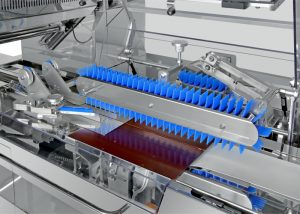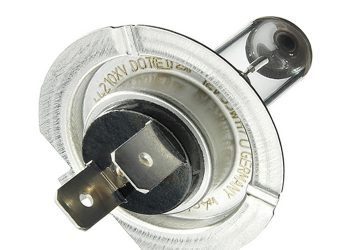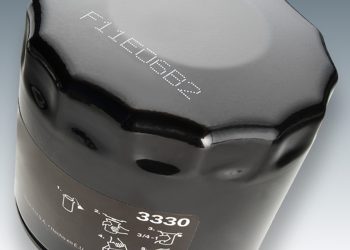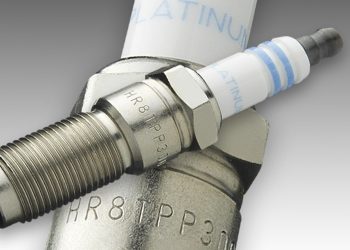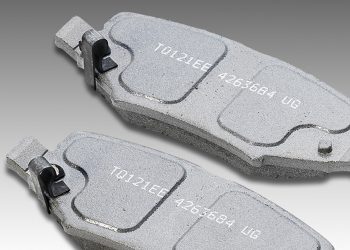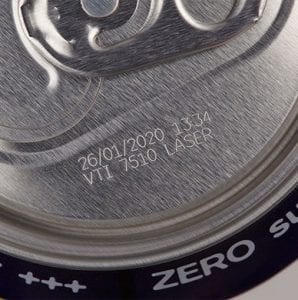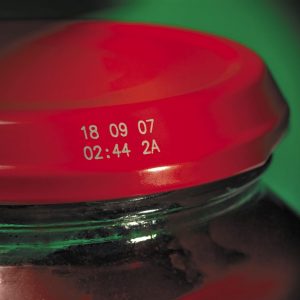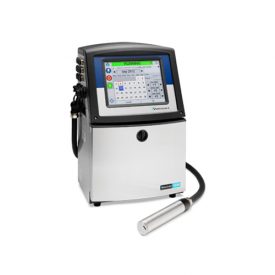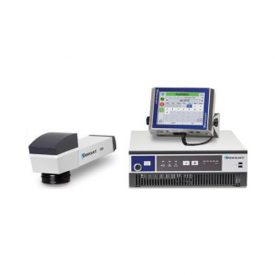Fiber laser marking machines are the preferred systems for placing critical marking on stainless steel surfaces. These systems are used to mark identification codes directly on stainless steel parts and on stainless steel plates that are attached to larger products. These codes may be numeric, alphanumeric, 2D or conventional bar codes.
The laser marking process alters precisely targeted areas of material on the stainless steel surface to create a highly visible code in the material. Fiber lasers are compact compared with solid state or gas lasers of comparable power, and their high peak power and nanosecond pulses produce superior engraved results. Their higher power and better beam quality provide cleaner cut edges and faster speeds. The laser marking process eliminates the possibility of important identification information being blurred or obscured during or after application and becoming unreadable, since it is a permanent part of the product. Stainless steel laser marking has become increasingly important in industries where the authentication and traceability of individual parts has become more critical, such as aerospace and automotive, as well as the production of medical devices.
Stainless steel laser marking engraves codes on parts and products at the high speeds required by industrial production. Many are capable of engraving up to 900 marks per minute. The lasers are also capable of directing their beams to mark targets as they move among production lines, supporting higher productivity. The process creates permanent codes that ensure identification is possible throughout the life of the product.
Laser marking is the only coding technology that will successfully permanently mark stainless steel. Companies that have used inkjet and thermal transfer codes have found that those codes are quickly erased. As the ability to trace parts and products has become increasingly necessary to companies, the permanence has increased in importance.

